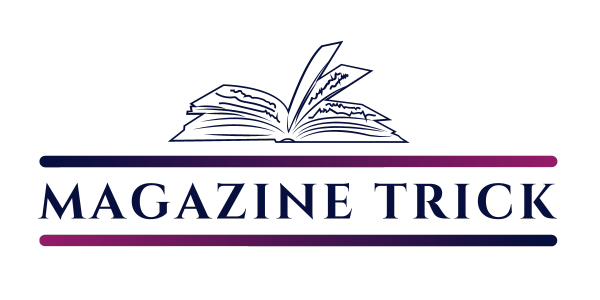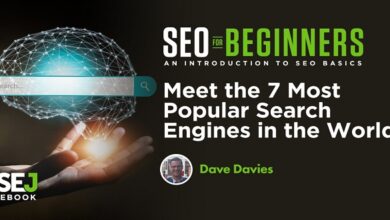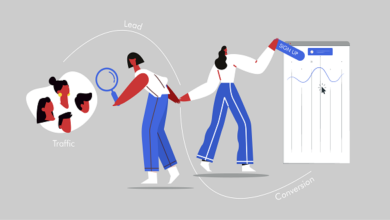Facebook Advertising The Biggest Audience, the Most Ad Options

Managing Your Facebook Ads
Before we dig into the ad offerings, let me point out that Facebook supports a number of different levels of engagement for its advertisers, depending on the size of their ad budget, sophistication of the tools required, and willingness to do self-service.
Facebook is ramping up ad opportunities very quickly, and its sales and support staff is challenged to keep up. That’s likely one reason why, when it launched Facebook Exchange remarketing, the company selected several partner agencies to help sell the program, get clients onboard, and execute campaigns.
Your options as an advertiser are to self-serve using the online Ads Manager or to be a “managed account.” Managed account status is reserved for bigger brands spending hundreds of thousands of dollars or more on Facebook ads annually—or for brands perceived to have the potential to do so.
These bigger companies are assigned ad reps, they receive strategic consulting, and they get access to Facebook Premium ad units I’ll discuss later. These companies may merit some Facebook schmoozing—or even a coveted invite to watch a “Hack,” a mass all-nighter of frenzied code-writing at headquarters in Menlo Park.
Marketplace Ads
On Facebook, “Marketplace” is a collective term that describes a variety of ad options that appear in the right-hand column of most Facebook pages under the heading “Sponsored.” Some variations of these ads can appear within the newsfeed as well.
On Facebook, anything that you can post to your wall can now also be sponsored as a paid ad. During the ad-create flow, you can select either an external URL, your brand as a whole, or specific posts or entities. You can choose to promote either those entities themselves or the interactions your fans are having with them—the stories generated when they like, share, download, comment upon, or otherwise interact with your content. This latter option, the other main type of ad unit, is called Sponsored Stories.
Facebook Object Ads
It can be a bit frustrating to pay Mark Zuckerberg and company simply to move members from one place to another within Facebook.com. But if you promote events, or have high-engagement apps like sweepstakes, giveaways, newsletter signups, or games, Facebook Marketplace ads and Sponsored Stories can be an affordable way to drive qualified leads—leads who later will visit your website and convert to customers.
Sponsored Stories
On Facebook, when people connect with a page, app, or event, it creates a “story” that their friends may see in their newsfeeds. When these stories are about your Facebook objects, you can pay to promote the stories so they gain greater reach—and more people will see them when their friends have engaged with you. Sponsored stories can be about:
Promoted Posts
It’s a win when fans “like” your brand page. But don’t expect them to come back for a visit. Research has found about 90% of users who “like” a brand on Facebook never return to view or engage with your wall. That means the newsfeed is your only lifeline to your fans. But if you have 10,000 fans, and you post religiously several times a day, how many of them actually see what you’re posting?
Adding Social Activity to Ads
When your ad points to pages, events, “stories” and other Facebook real estate, those objects automatically display a Facebook Like button, which is a great element for encouraging a response without having to pull users away from whatever Facebook activity they’re enmeshed in. You can also add the Like button by going to any page you manage and clicking on “Build Audience” in the admin panel, then selecting “Create an Ad.”
Last word
Facebook is the clear leader in paid social media placements. The other major platforms now offer noteworthy advertising options of their own. Twitter, YouTube, LinkedIn, and others are definitely worth a look. In some cases, what they lack in size, they more than make up for in targeting capabilities, uniqueness of ad formats, and pure value for the dollar.




